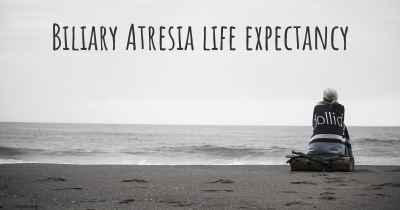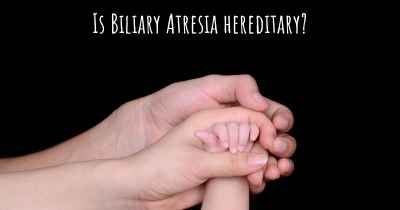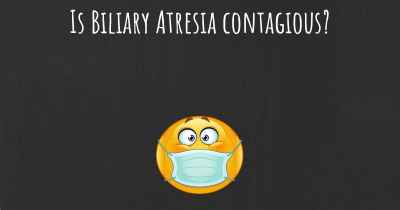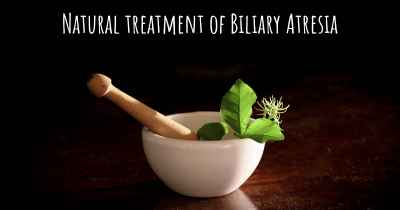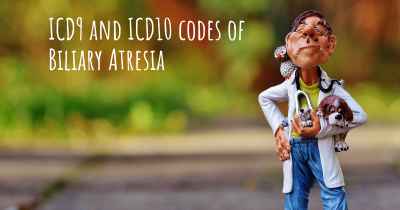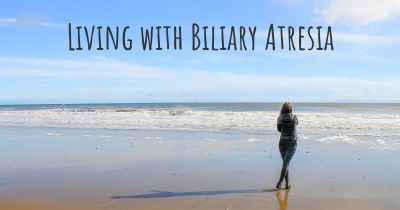Is it advisable to do exercise when affected by Biliary Atresia? Which activities would you suggest and how intense should they be?
See if it is advisable for people with Biliary Atresia to practice sports and which ones are the most recommended if you have Biliary Atresia
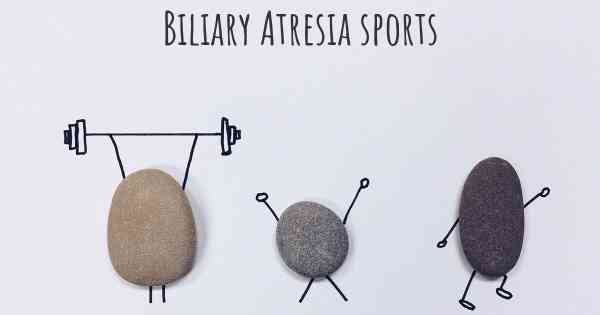
Is it advisable to do exercise when affected by Biliary Atresia?
Biliary Atresia is a rare liver disease that affects infants. It is characterized by the absence or closure of the bile ducts, which leads to the accumulation of bile in the liver. This condition can result in liver damage and other complications. When it comes to exercise, it is important to consider the individual's specific condition and consult with a healthcare professional before starting any exercise regimen.
While exercise is generally beneficial for overall health and well-being, it is crucial to approach it cautiously when dealing with a medical condition like Biliary Atresia. The severity of the disease and the individual's overall health should be taken into account when determining the appropriateness and intensity of exercise.
Benefits of Exercise for Individuals with Biliary Atresia
Engaging in regular physical activity can have several potential benefits for individuals affected by Biliary Atresia:
- Improved cardiovascular health: Exercise can help strengthen the heart and improve blood circulation, which is important for individuals with liver disease.
- Enhanced muscle strength and flexibility: Regular exercise can help improve muscle strength and flexibility, which can aid in daily activities and overall physical function.
- Weight management: Maintaining a healthy weight is important for individuals with Biliary Atresia, as obesity can exacerbate liver problems. Exercise can contribute to weight management and overall body composition.
- Mental well-being: Physical activity has been shown to have positive effects on mental health, reducing stress and improving mood. This can be particularly beneficial for individuals dealing with a chronic condition like Biliary Atresia.
Recommended Exercises for Individuals with Biliary Atresia
When it comes to choosing appropriate exercises for individuals with Biliary Atresia, it is essential to consider their overall health, physical abilities, and limitations. Here are some exercises that may be suitable:
- Low-impact aerobic exercises: Activities such as walking, swimming, or cycling can be beneficial for cardiovascular health without putting excessive strain on the liver or other organs.
- Strength training: Light resistance exercises using bodyweight, resistance bands, or light weights can help improve muscle strength and overall physical function. It is important to start with low resistance and gradually increase as tolerated.
- Flexibility exercises: Stretching exercises can help improve flexibility and range of motion. Gentle stretching of major muscle groups should be performed, avoiding any discomfort or pain.
- Balance and coordination exercises: Activities that focus on balance and coordination, such as yoga or tai chi, can help improve stability and prevent falls.
Exercise Intensity and Safety Considerations
The intensity of exercise should be determined on an individual basis, considering factors such as age, overall health, and the severity of Biliary Atresia. It is crucial to start with low-intensity exercises and gradually progress as tolerated.
Here are some general safety considerations for individuals with Biliary Atresia:
- Consult with a healthcare professional: Before starting any exercise program, it is important to consult with a healthcare professional who can provide personalized recommendations based on the individual's specific condition.
- Listen to your body: Pay attention to any signs of discomfort, pain, or excessive fatigue during exercise. If any symptoms arise, it is important to stop the activity and seek medical advice.
- Stay hydrated: Proper hydration is essential during exercise, especially for individuals with liver disease. Drink water before, during, and after exercise to maintain adequate hydration.
- Avoid high-impact activities: Activities that involve jumping, running, or high-impact movements may put excessive strain on the liver and should be avoided or modified as necessary.
- Monitor for complications: Individuals with Biliary Atresia should be aware of any signs of complications such as jaundice, abdominal pain, or changes in stool color. If any concerning symptoms occur, medical attention should be sought immediately.
Conclusion
While exercise can have numerous benefits for individuals with Biliary Atresia, it is crucial to approach it with caution and seek guidance from healthcare professionals. Engaging in appropriate exercises, such as low-impact aerobic activities, strength training, flexibility exercises, and balance training, can contribute to overall physical and mental well-being. However, exercise intensity should be individualized, and safety considerations should be taken into account to ensure the well-being of individuals affected by Biliary Atresia.
Will depends on the individual.
Posted May 21, 2017 by Nicole 900
